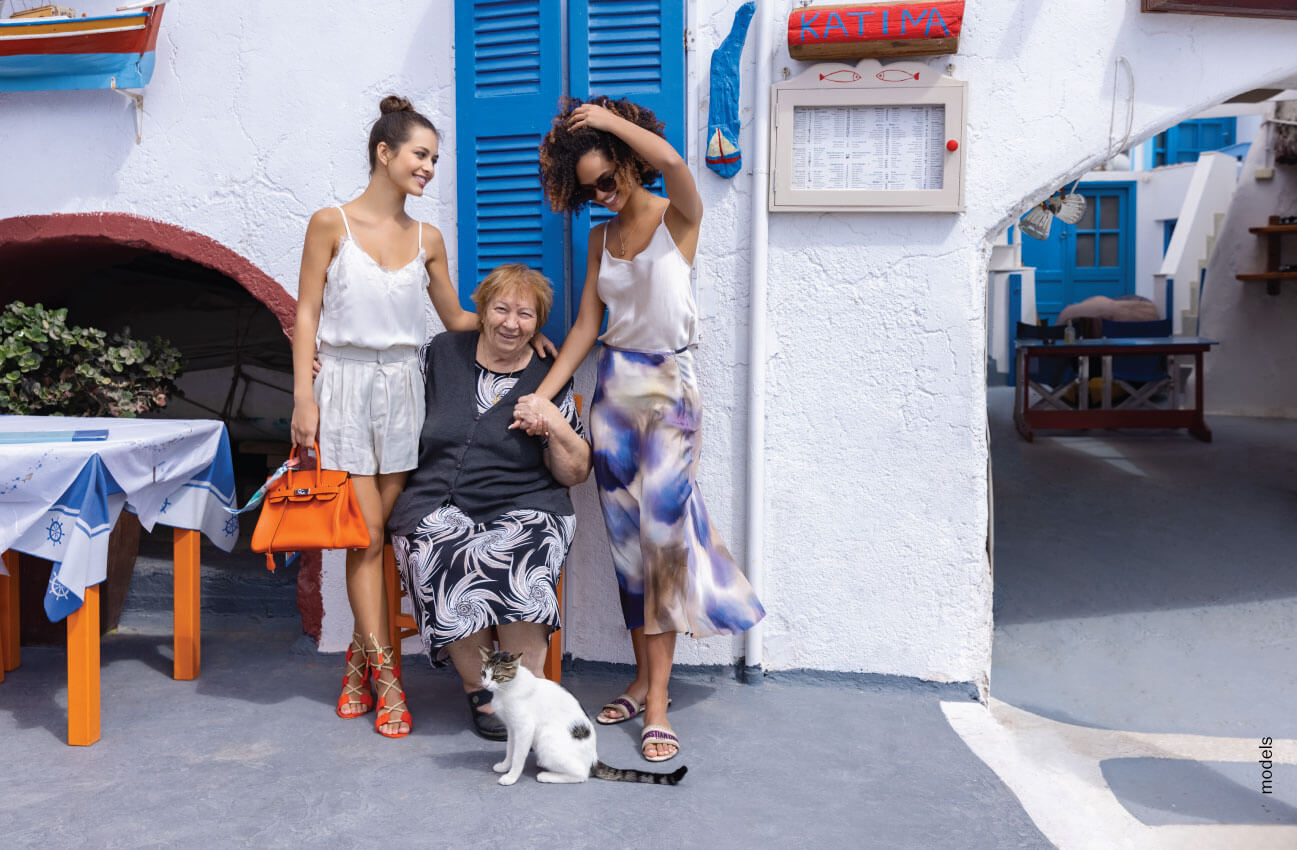

Actinic Keratoses
Actinic Keratoses (AKs) are rough, scaly patches on the skin caused by excessive exposure to the sun. AKs can sometimes progress into dangerous skin cancers. Doctors estimate that 40% of squamous cell carcinomas, the second leading cause of skin cancer deaths in the United States, begin as AKs. Without performing a skin biopsy, it can be almost impossible for a doctor to distinguish an AK from a squamous cell carcinoma. The American Cancer Society, the Skin Cancer Foundation, and the American Academy of Dermatology all recommend that people with AKs seek treatment for them.
What causes actinic keratoses?
Long–term exposure to the sun is the single most significant cause of AKs, so the best defense against them is a comprehensive sun protection program that includes wearing protective clothing, avoiding midday sun, staying in the shade as much as possible, and wearing a broad–spectrum sunscreen with a sun protection factor (SPF) of at least 15.
What treatment options are available?
Westlake Dermatology & Cosmetic Surgery offers a 2–step treatment for Actinic Keratoses (AKs) of the face or scalp that combines Levulan and Blu-U Blue Light therapy. When the Levulan topical solution is applied to the AK it is converted into a chemical that makes the cells extremely sensitive to light. When the AK cells are then exposed to the Blu-U light, the AK cells are destroyed. This treatment has been proven effective in clinical testing and may be covered by your insurance plan.
How does the Levulan Blue Light Therapy treatment work?
The first step in the treatment is the application of the Levulan solution to your skin. The unique solution is an acid that occurs naturally in the body; it makes the AKs more sensitive to light.
After waiting the appropriate amount of time, the treatment area is exposed to a special blue light that destroys the AKs. During this stage of the therapy, at least half of the patients in the clinical studies felt a stinging and/or burning in the treated areas that usually ended immediately after treatment. Some patients experienced temporary reddening and swelling of the AKs and surrounding skin, which generally disappeared within 4 weeks after the treatment.
Can blue light therapy be used for other diagnoses?
Using light without drugs or antibiotics, blue light therapy can also be used to control moderate acne. Treatments are easy – simply sit with your face close to the light for approximately 15 minutes per session at a schedule determined by your doctor. Treatments are safe and not painful. Unlike the treatment for AKs, blue light therapy for acne is typically not covered by insurance plans.